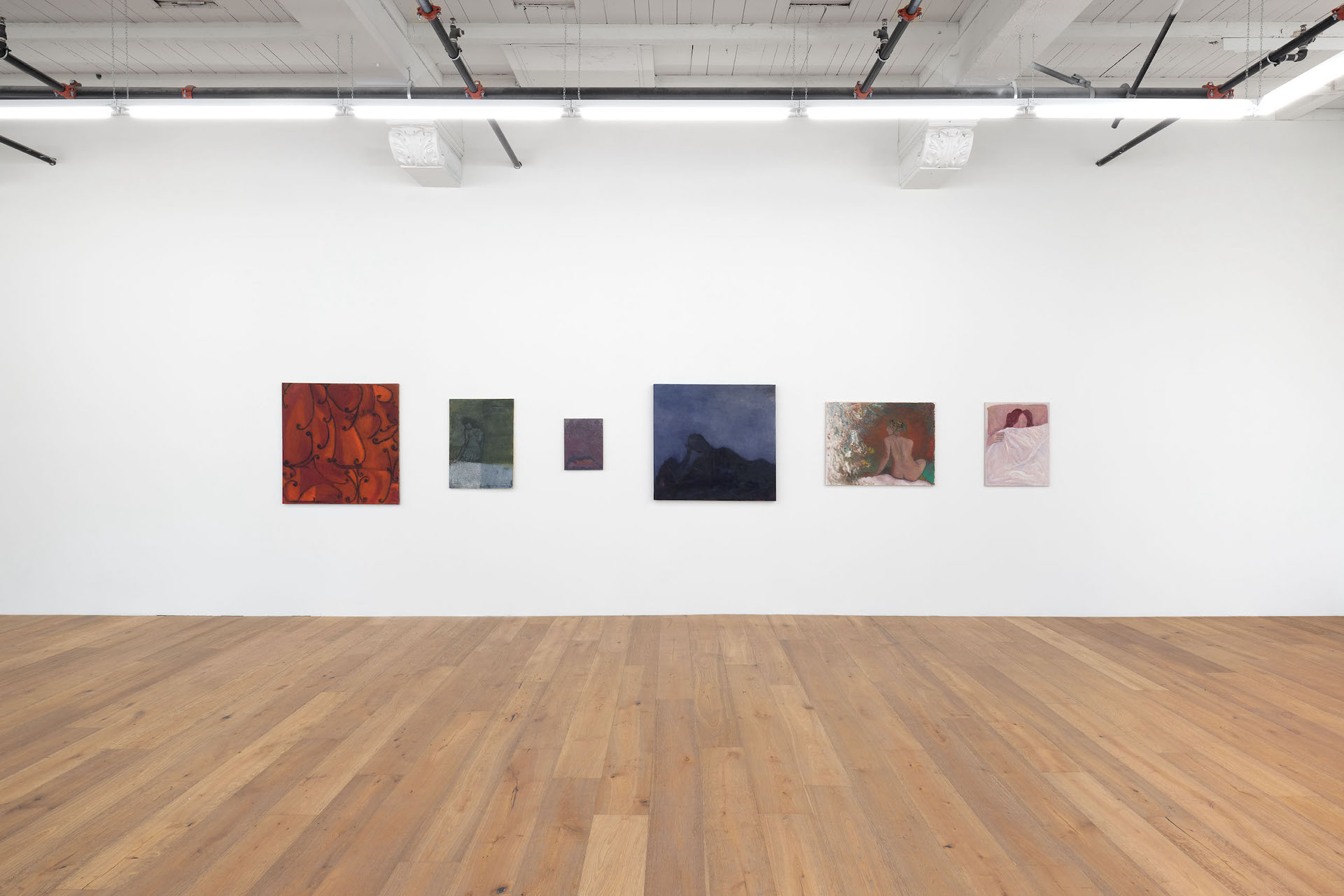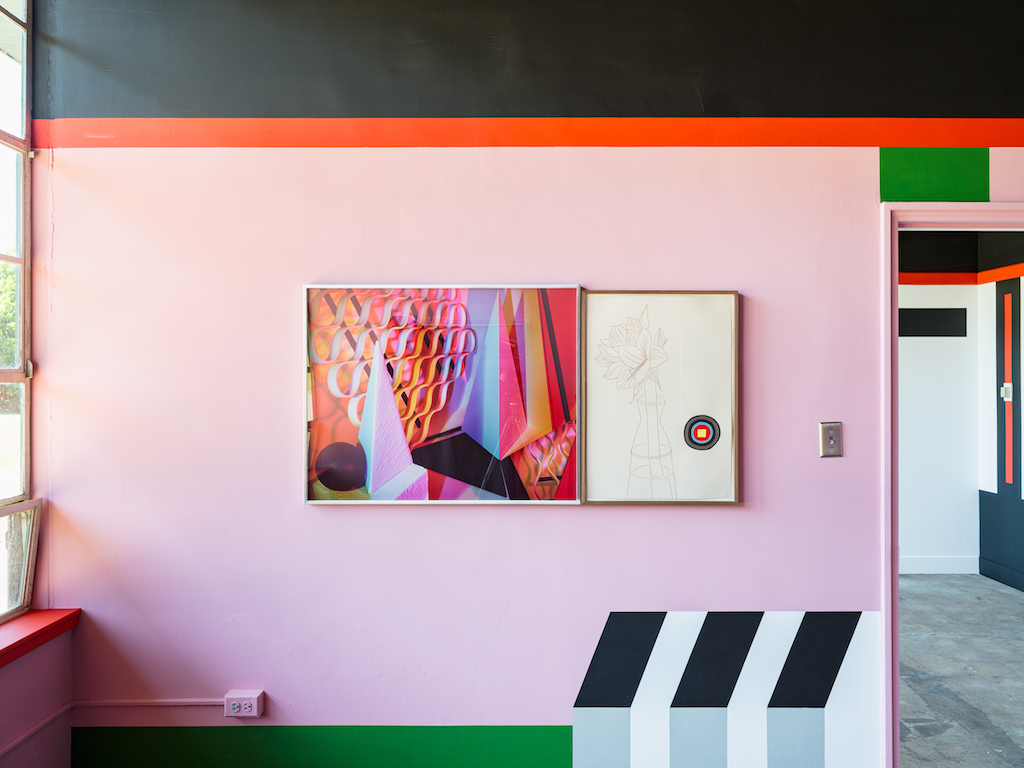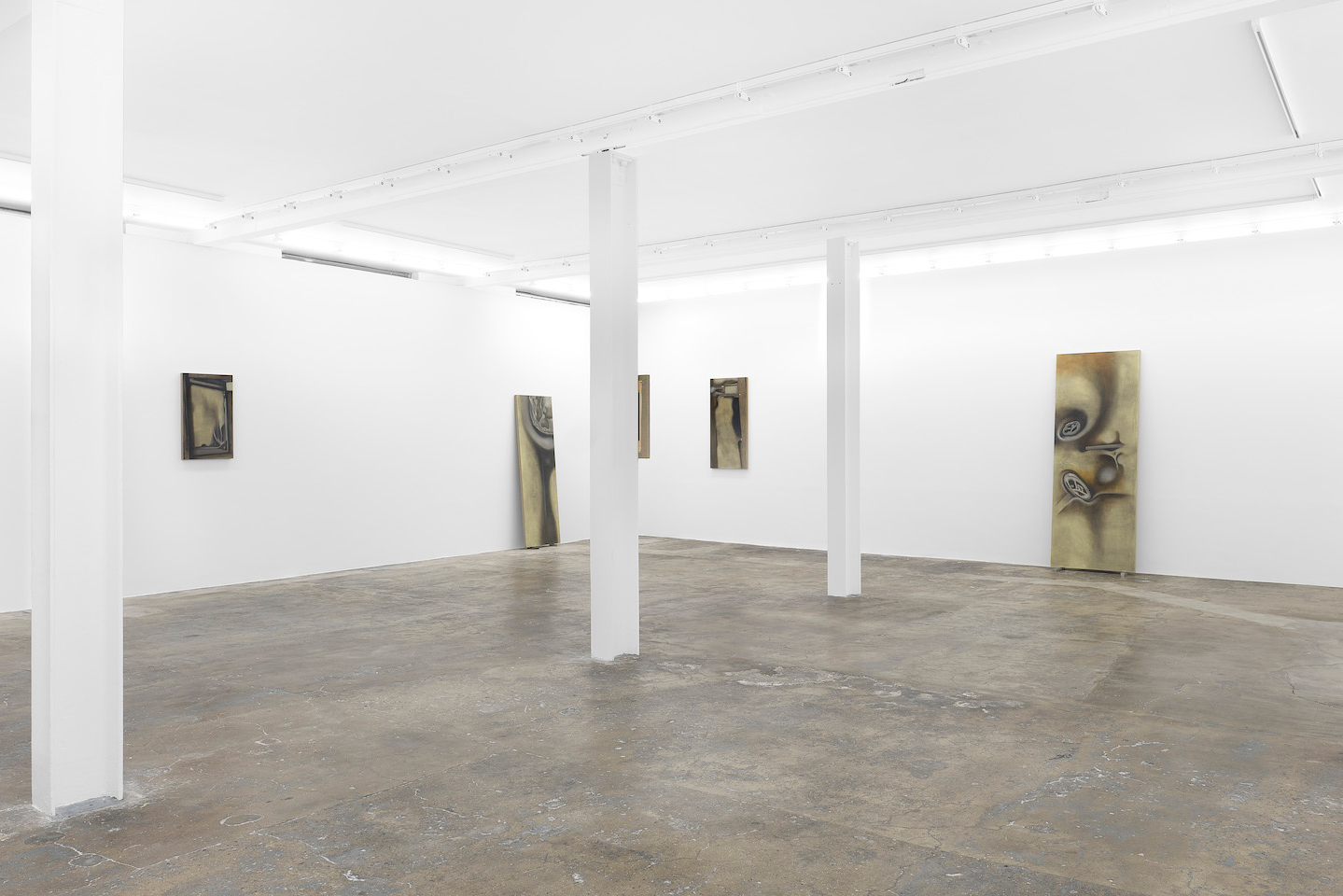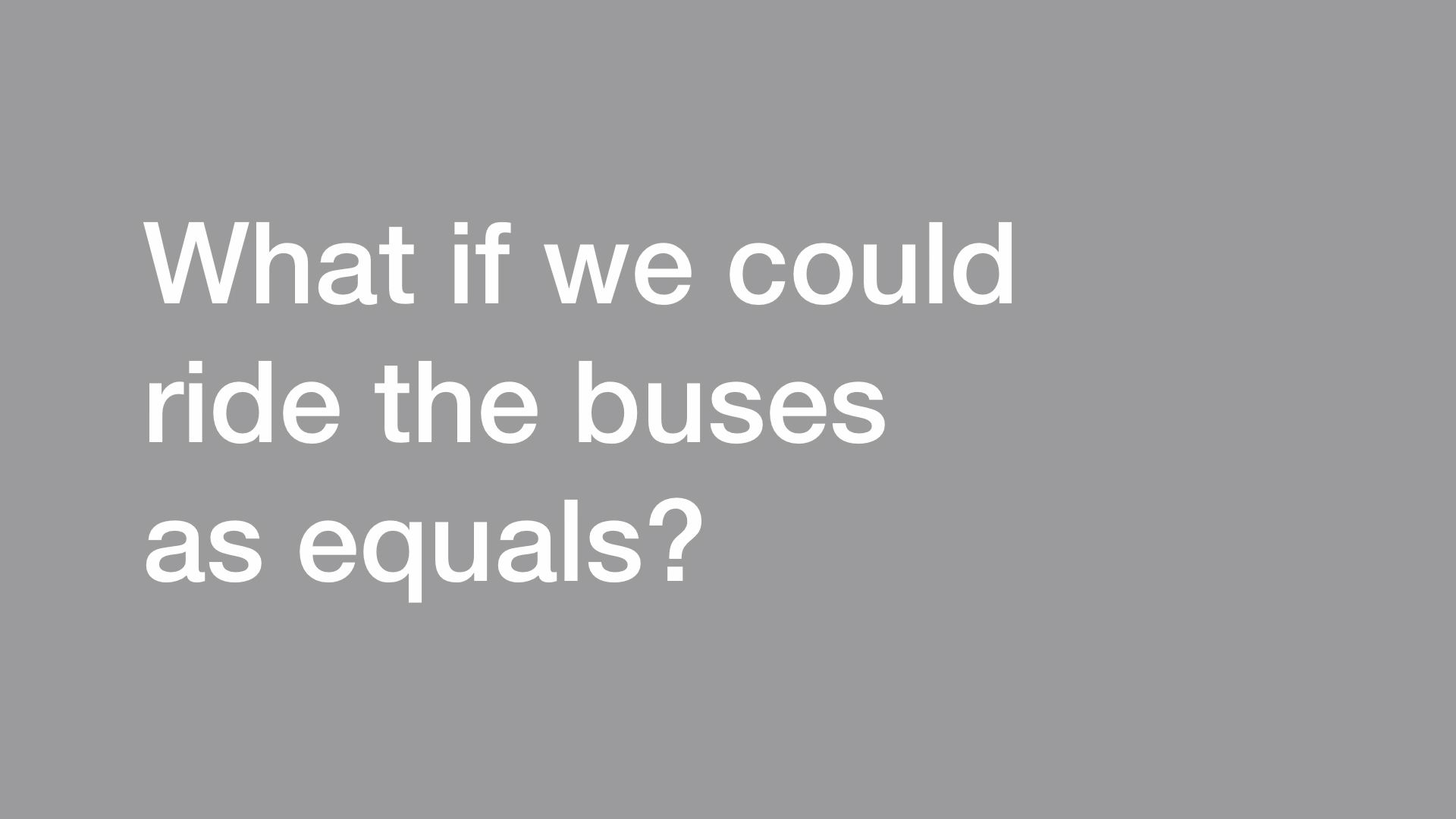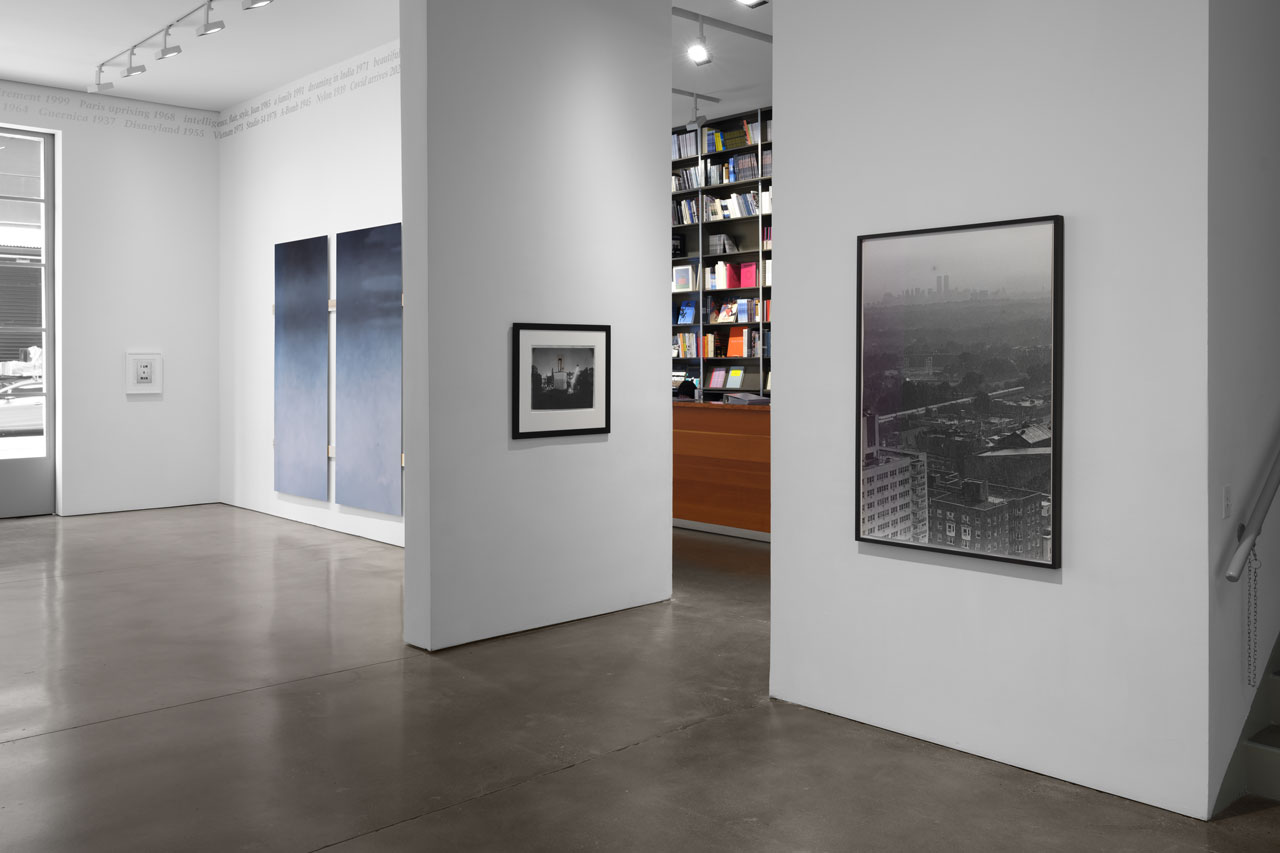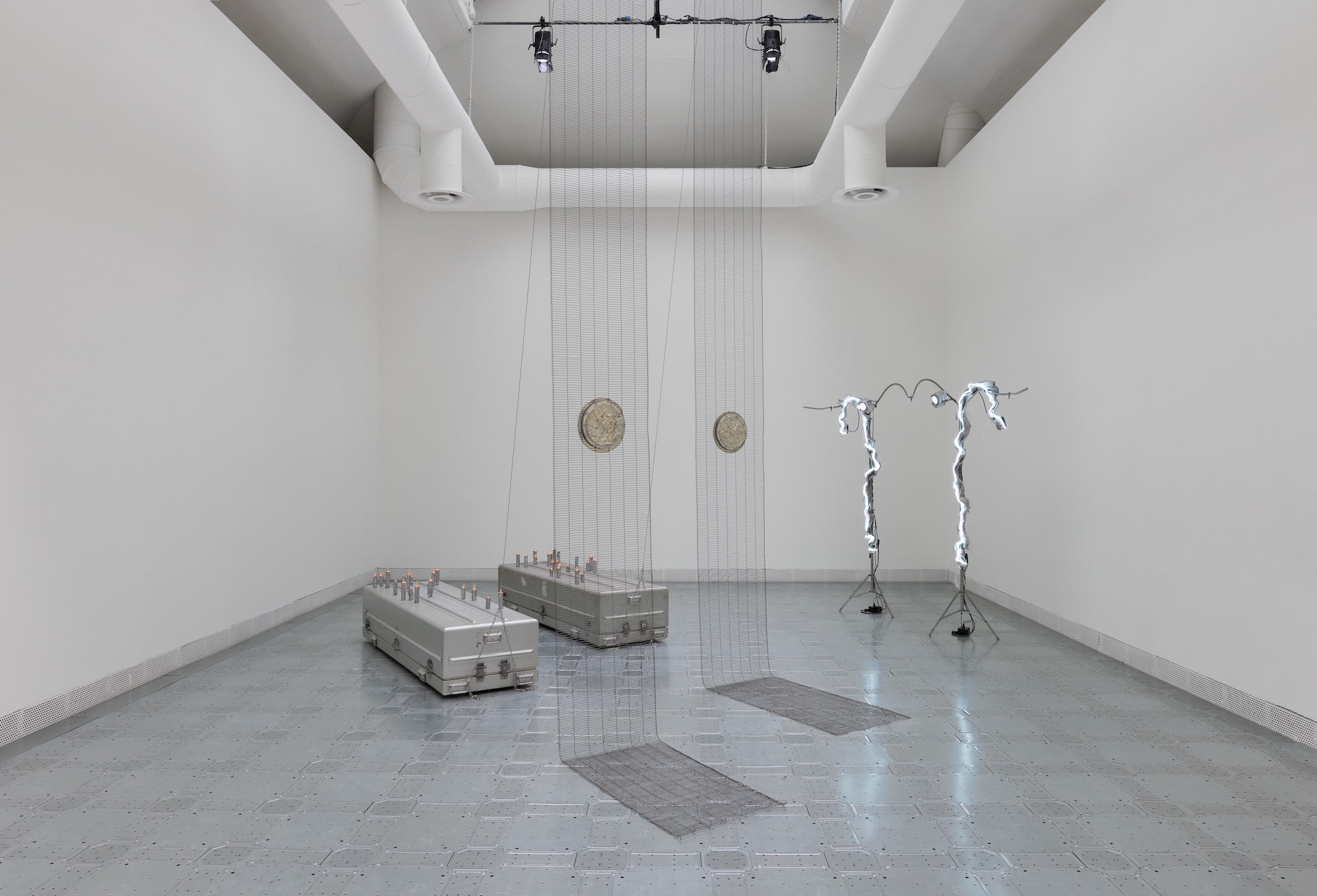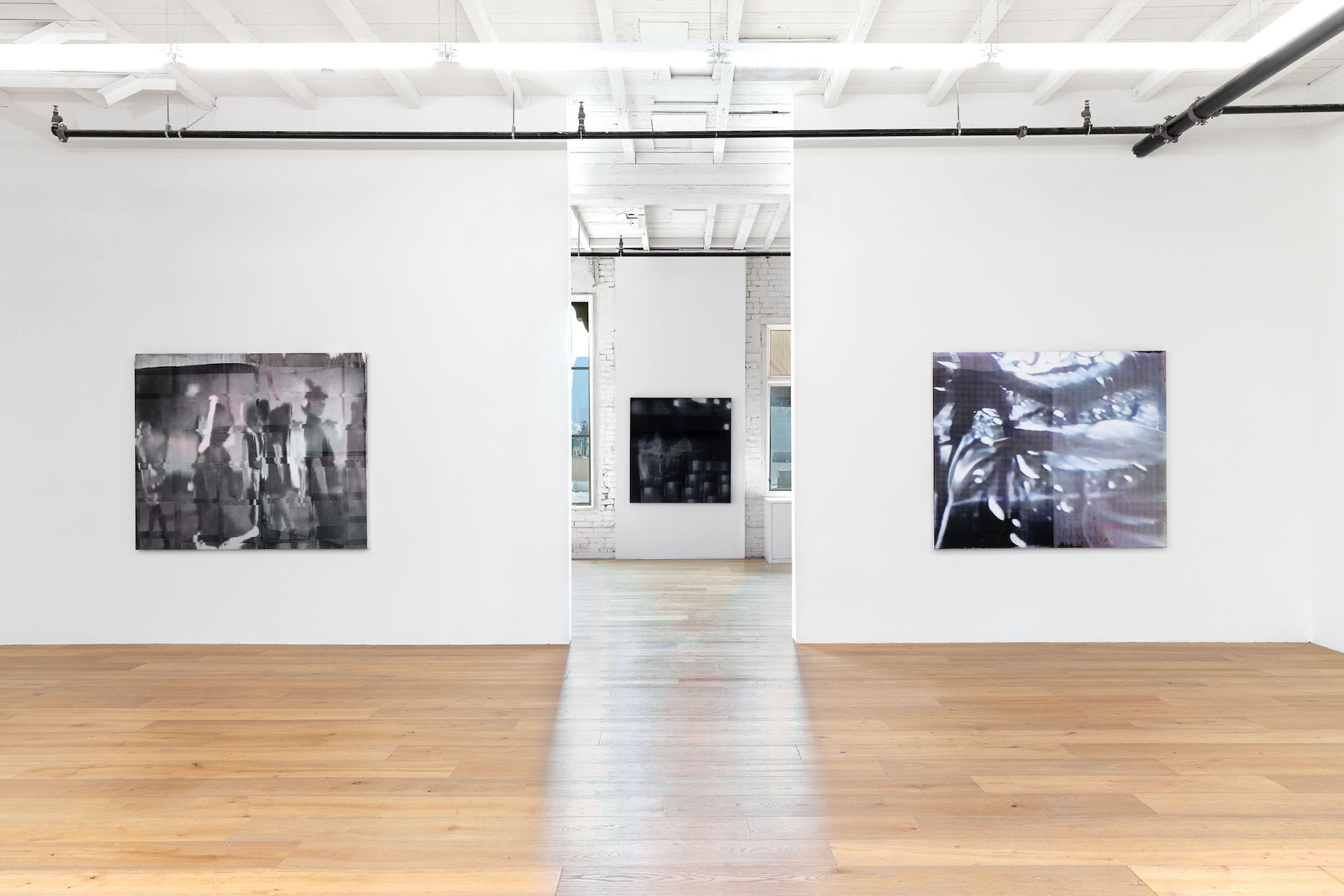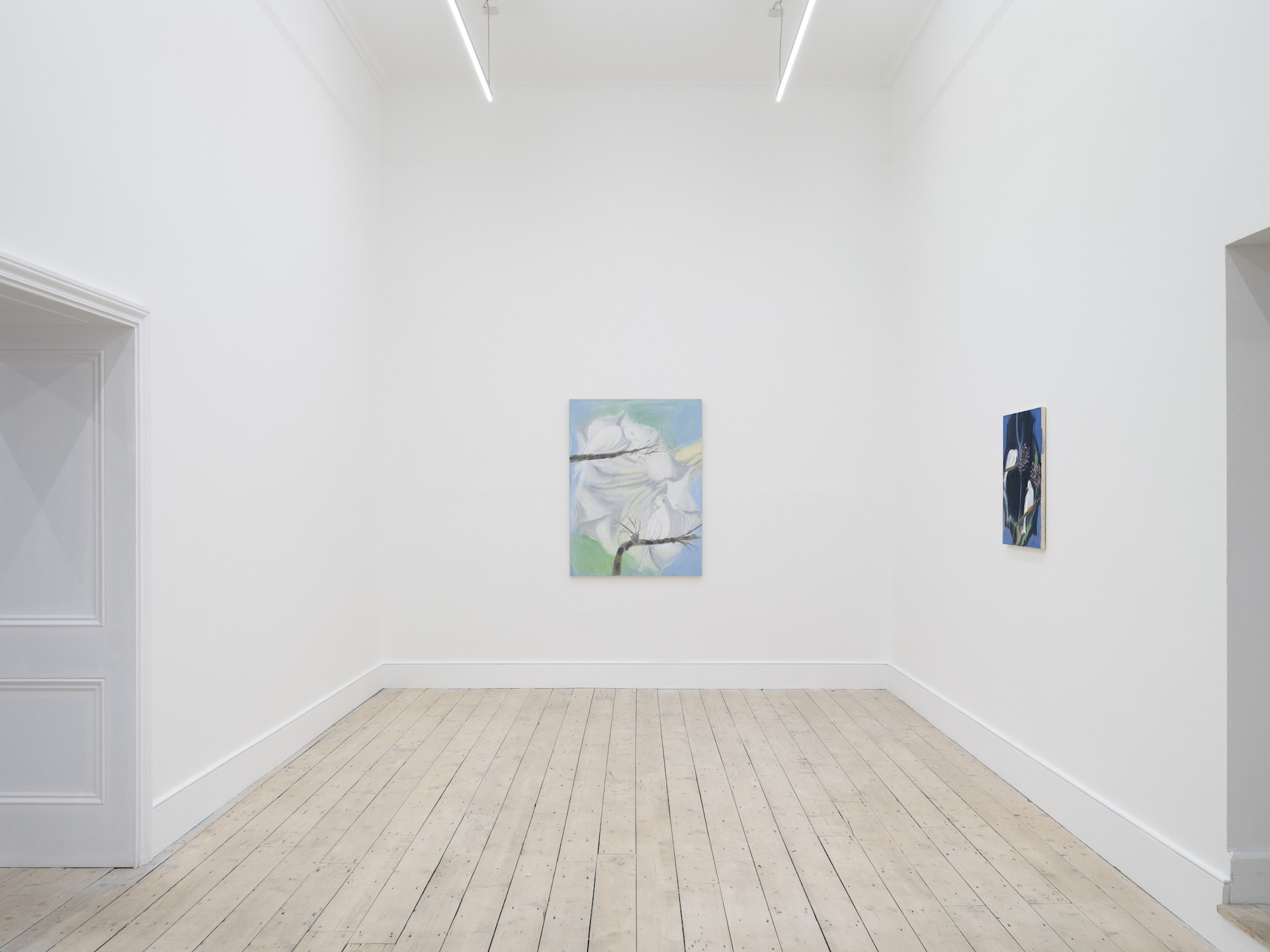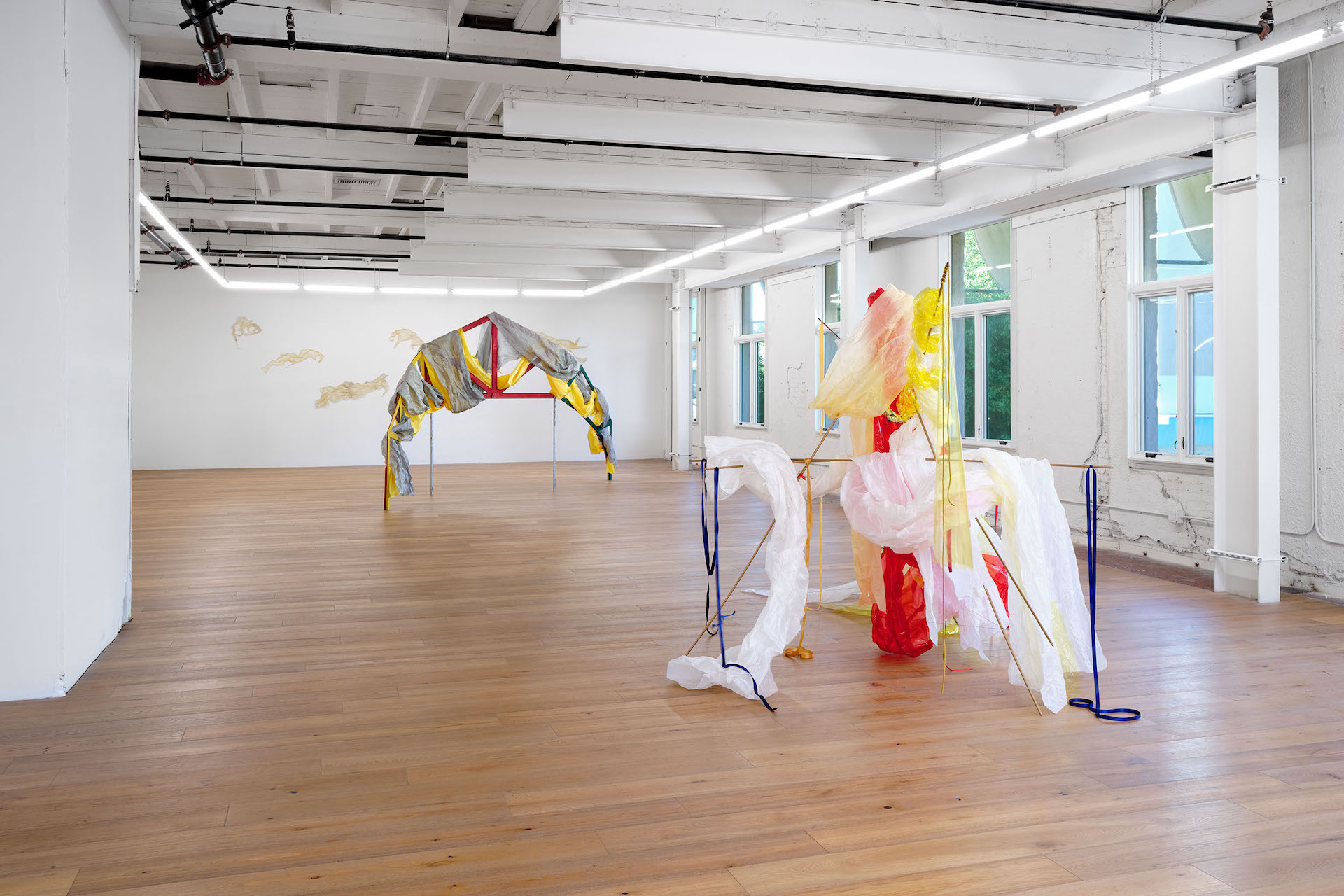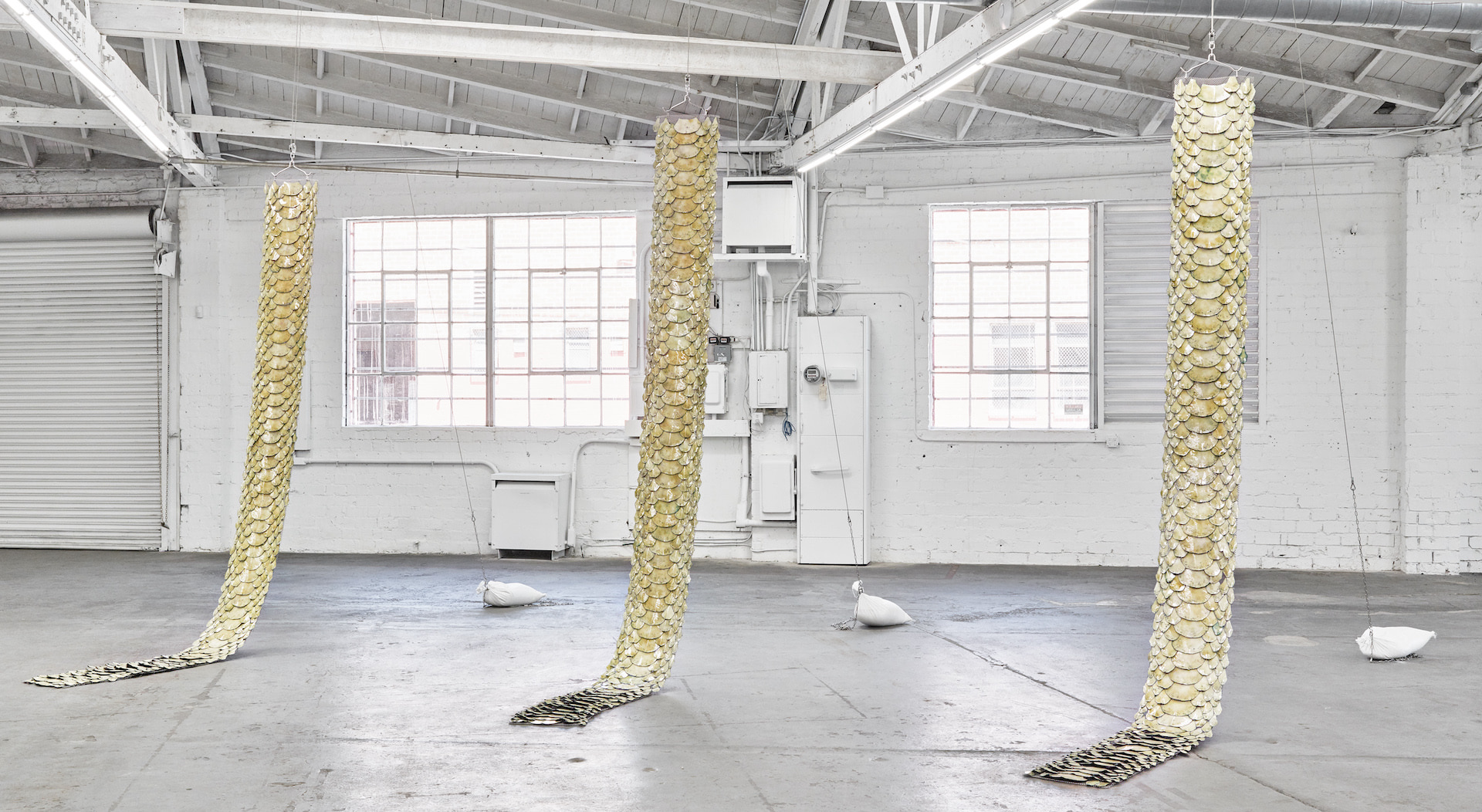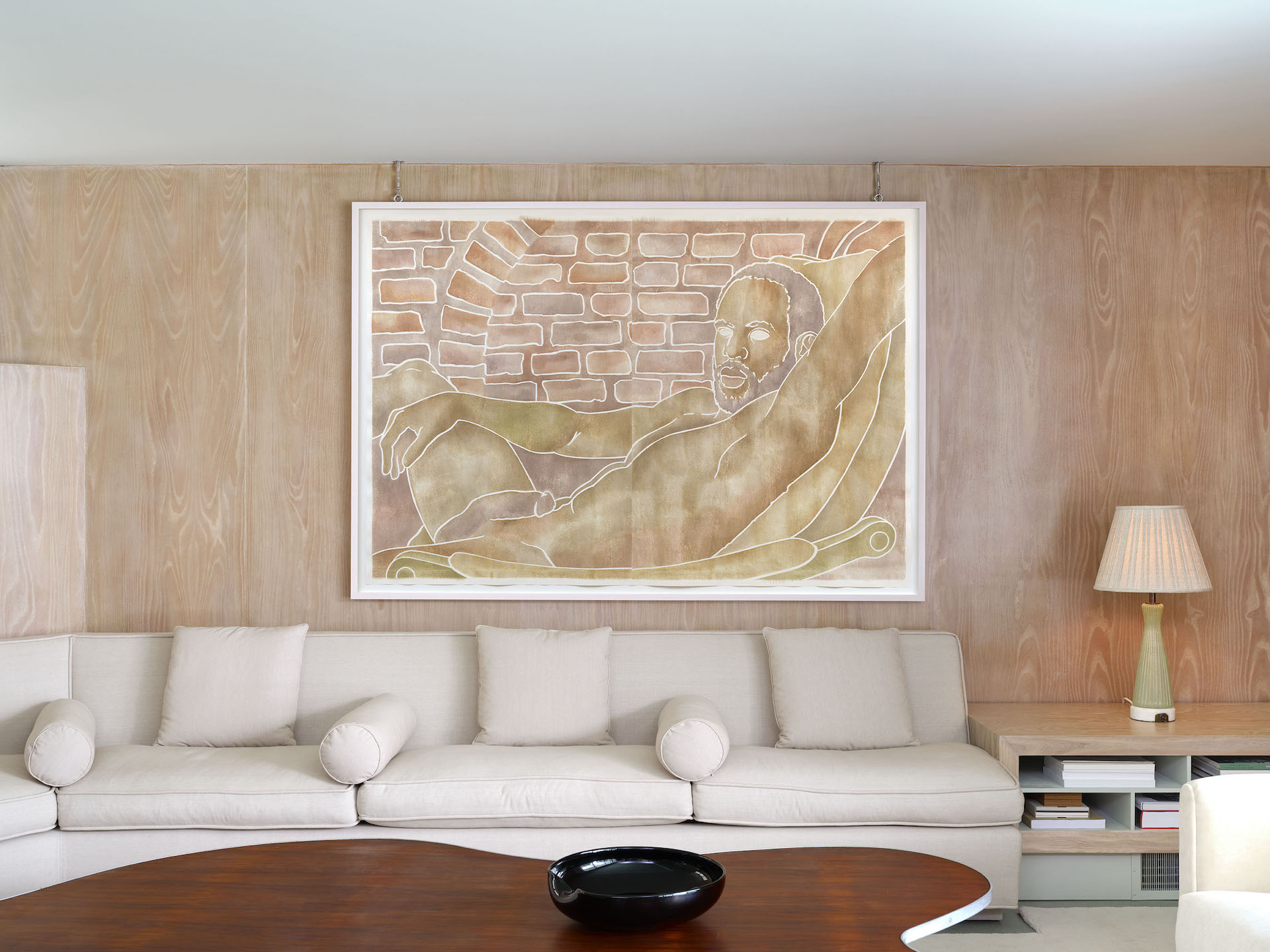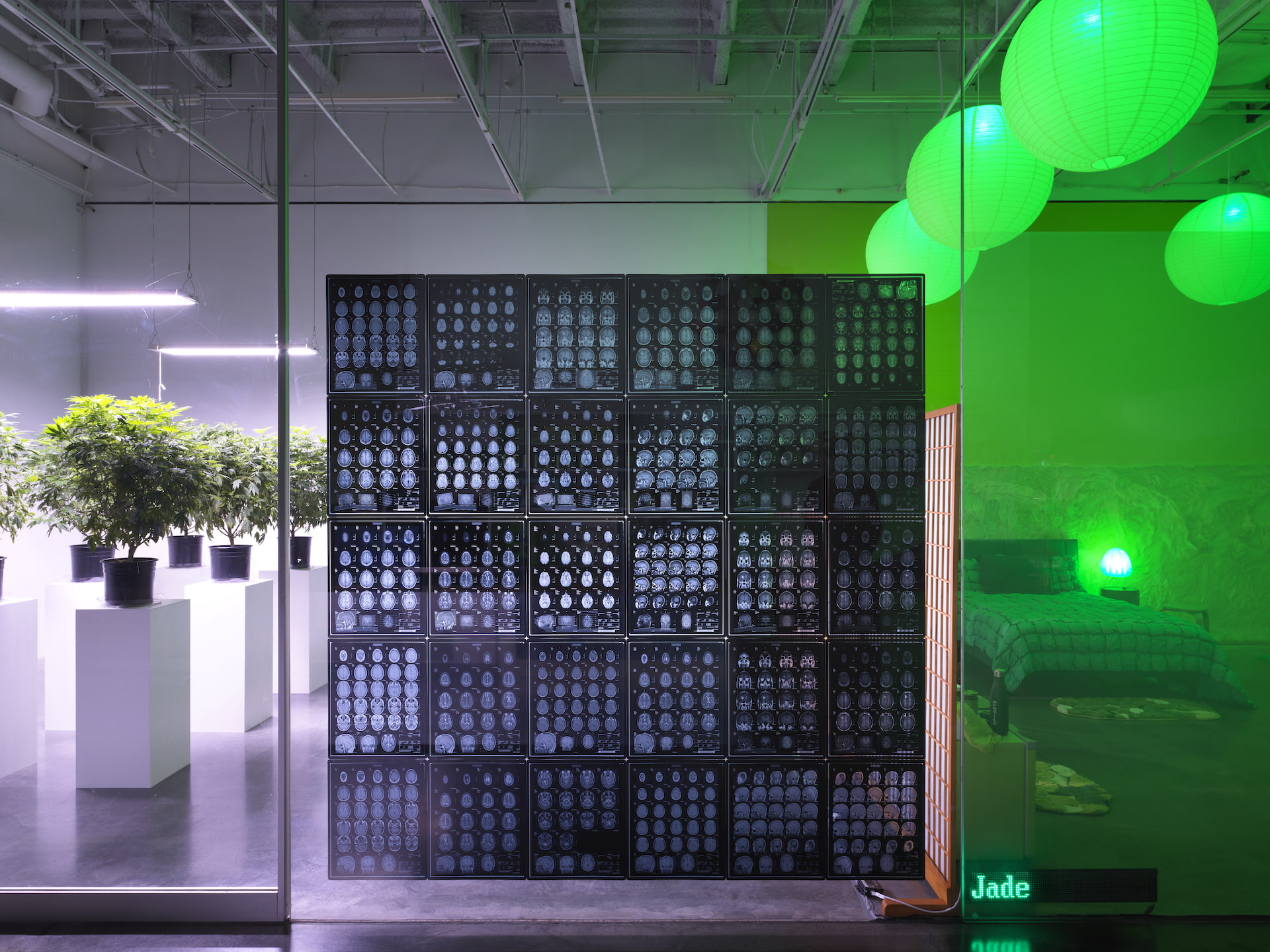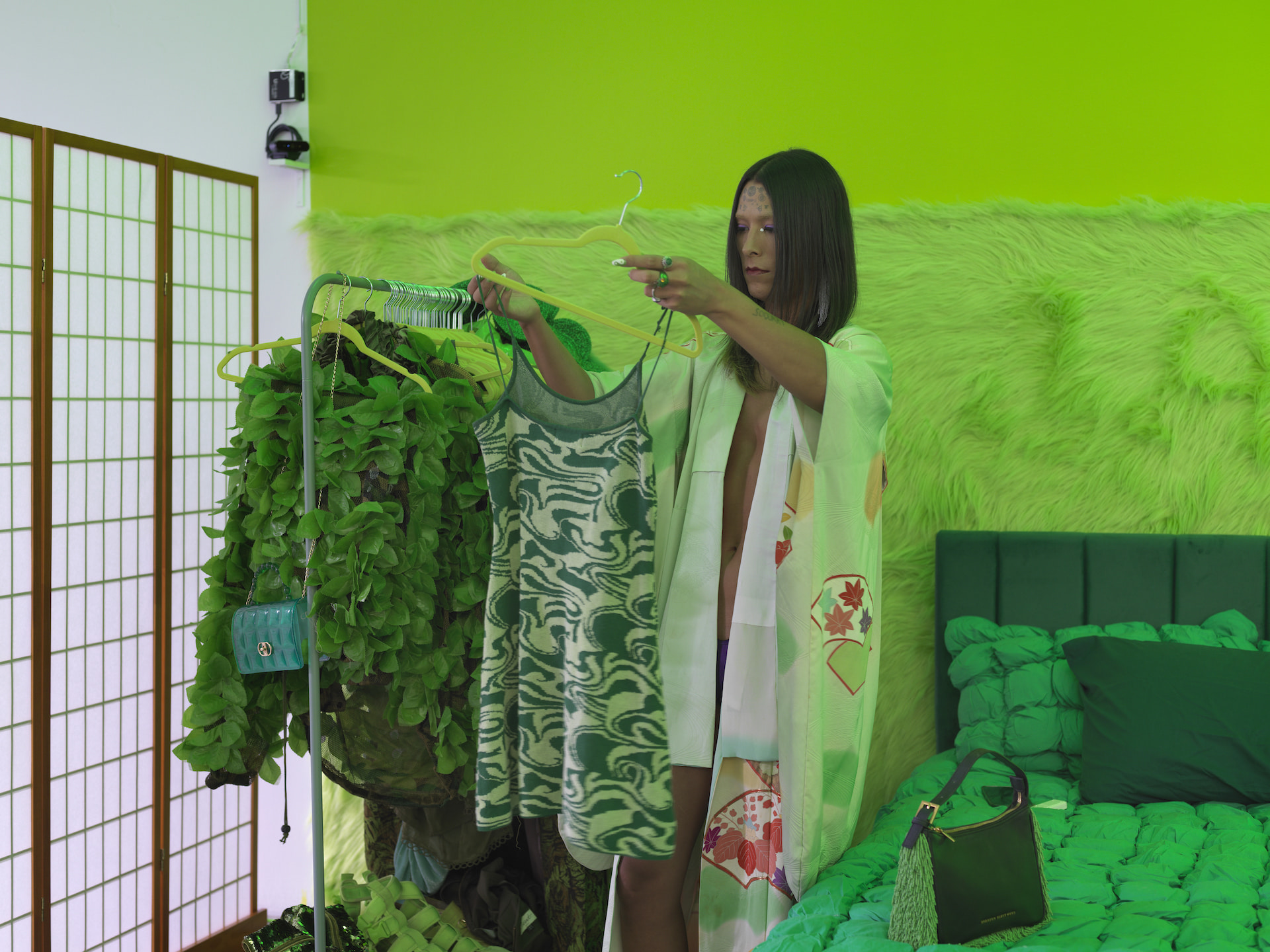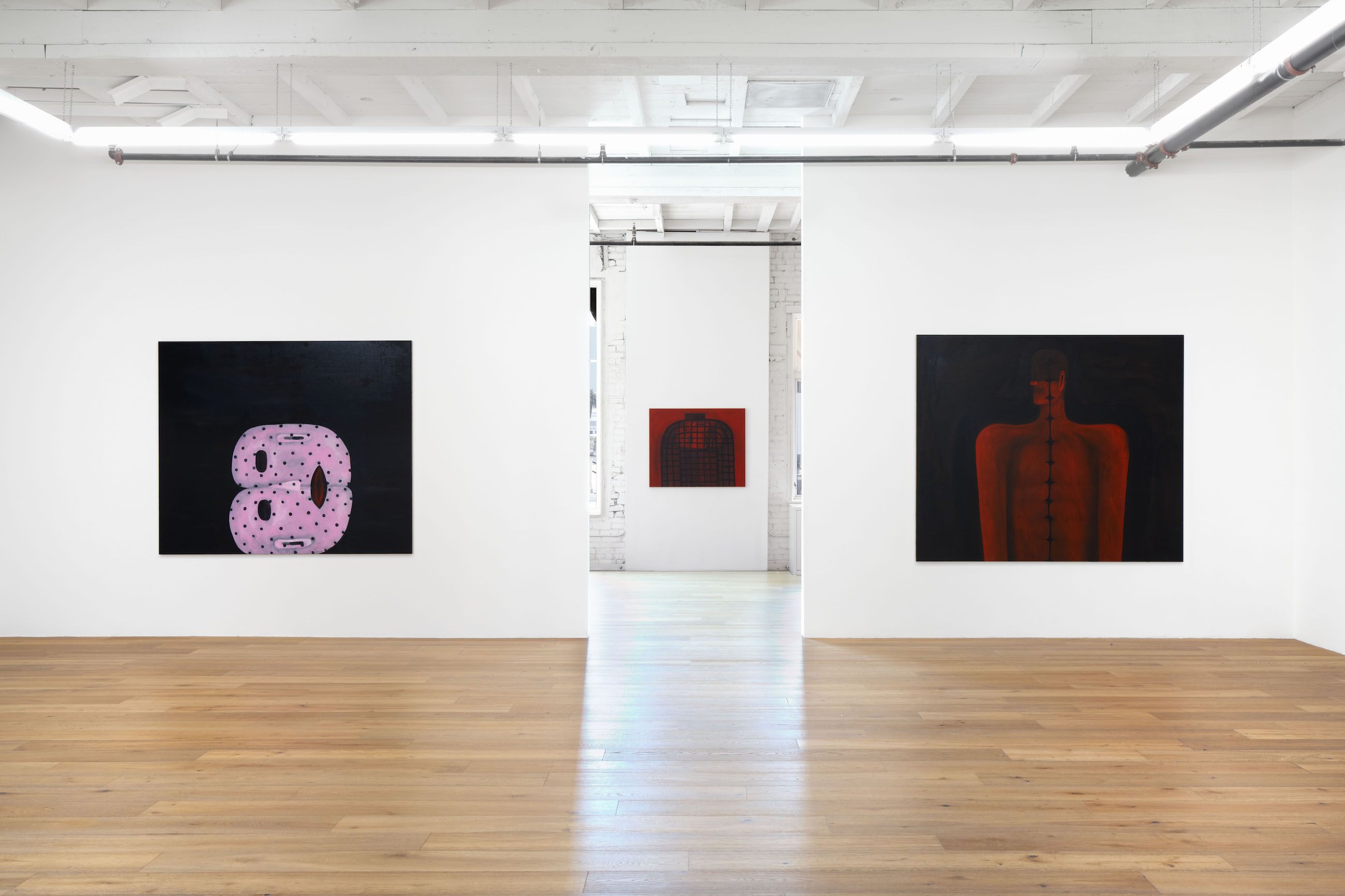Tony Cokes
Della’s House
02.12.19 – 03.22.19

Installation view: Tony Cokes, Della’s House. 02.12.19 – 03.22.19. The House, Los Angeles

Installation view: Tony Cokes, Della’s House. 02.12.19 – 03.22.19. The House, Los Angeles

Tony Cokes, The Will & The Way…Fragment 1, 2019. Video, color, stereo. Running time: 00:13:39 min.

Installation view: Tony Cokes, Della’s House. 02.12.19 – 03.22.19. The House, Los Angeles

Tony Cokes, The Queen is Dead…Fragment 2, 2019. Video, color, stereo. Running time: 00:15:39 min.

Installation view: Tony Cokes, Della’s House. 02.12.19 – 03.22.19. The House, Los Angeles

Tony Cokes, The Queen is Dead…Fragment 1, 2019. Video, color, stereo. Running time: 00:15:40 min.

Installation view: Tony Cokes, Della’s House. 02.12.19 – 03.22.19. The House, Los Angeles

Tony Cokes, The Will & The Way…Fragment 2, 2019. Video, color, stereo. Running time: 00:15:38 min.

Installation view: Tony Cokes, Della’s House. 02.12.19 – 03.22.19. The House, Los Angeles

Tony Cokes, Fade to Black, 1990. Video, color, sound. Running time: 00:32:55 min.

Tony Cokes, Evil 35: Carlin / Owners, 2012. Digital video, color, stereo. Running time: 00:07:56 min
Tony Cokes, Evil.27.Selma, 2011. Digital video, color, stereo. Running time: 00:09:03 min
Exhibition information
Renowned for his incisive inquiries into the operations and effects of language, image, and sound, Tony Cokes’ practice extracts materials from contemporary art, popular culture, modern media, and American politics. Della’s House, Cokes’ first exhibition in Los Angeles since his 2012 survey at REDCAT, marks the debut of The Will & The Way (2019) and The Queen is Dead… (2019), and brings together three earlier videos Evil 27: Selma (2011), Evil 35: Carlin/Owners (2012), and Fade to Black (1990).
Shown across two sets of paired LED panels and cube monitors The Will & The Way and The Queen is Dead…, not only play to the eye and ear but also one’s comprehension of architectural space and history. Cokes developed the works with a particular site in mind: the private residence of mid-century, Los Angeles-based architect Paul Revere Williams. Responsible for over 2500 homes and buildings in Southern California and beyond, Williams was the first African American member of the American Institute of Architects. Cokes’ response to Williams’ building and career draws from the architect’s own words, recounted in a biography also titled The Will & The Way. Cokes has set the text to music by Radiohead remixed by several artists. For The Queen is Dead… (2019) Cokes uses bits and parts from an ensemble of articles exploring the political resonances and legacies of Aretha Franklin employing her own music and a techno rework by Floorplan / Robert Hood as accompaniment. These new works, each with two parts deploying hallucinatory moving backgrounds, converge as four chapters in which the historical intermingles with the contemporary and the factual rubs up against the subjective. Together they stage a powerful meditation on the creative process, the desire for recognition, and the varied tolls—social, economic, and artistic—excised by racial inequity.
The Will & The Way and The Queen is Dead… build on the aesthetic and critical achievements of Cokes’ earlier career. Video and sound-based works like Evil 27: Selma, Evil 35: Carlin/Owners also included in the exhibition, help crack open the codes of today’s overheated media spheres. In these works Cokes pulls from public statements by celebrities, critics, and political pundits, transforming these excerpted utterances into animated graphic images that are accompanied by a carefully selected playlist of pop songs. Fade to Black, the earliest work in the show, is as described by Cokes “a meditation on contemporary race relations. In voiceover, two black men describe events that are unnoticed or discounted by whites. They examine gestures, hesitations, stares, remarks — the details of an ideology. Visually this work juxtaposes fragments from the action and credits of Hollywood films, text commentary, and a selective chronology of films which include representations of blacks. The work under- lines the transitions between blackness as seen (or not seen) in the institution of cinema and blackness visible (or invisible) in extra-cinematic culture.”
Fragmentary in structure, Cokes’ works adopt and adapt the process of sampling at the heart of so much current news coverage and popular entertainment. They shine a light on the role context plays in the creation of meaning and point to limitations in our ability to comprehend messages relayed in a hyper-saturated media landscape, no matter how blaring their presentation.
Tony Cokes is Professor in Brown University’s Department of Modern Culture and Media. He has had solo exhibitions at Bergen Kunsthall, Bergen; Greene Naftali, New York; and REDCAT, Los Angeles. His works have also been displayed at the Hessel Museum, Annandale-on-Hudson, Whitechapel Gallery, ZKM, SFMOMA, the Whitney Museum, and the Louvre. Forthcoming project venues for 2019 include Kunstnernes Hus, Oslo, Tate Modern, Ruhr Triennale, CCA Goldsmiths, and The Shed. He lives and works in Providence, RI.



















